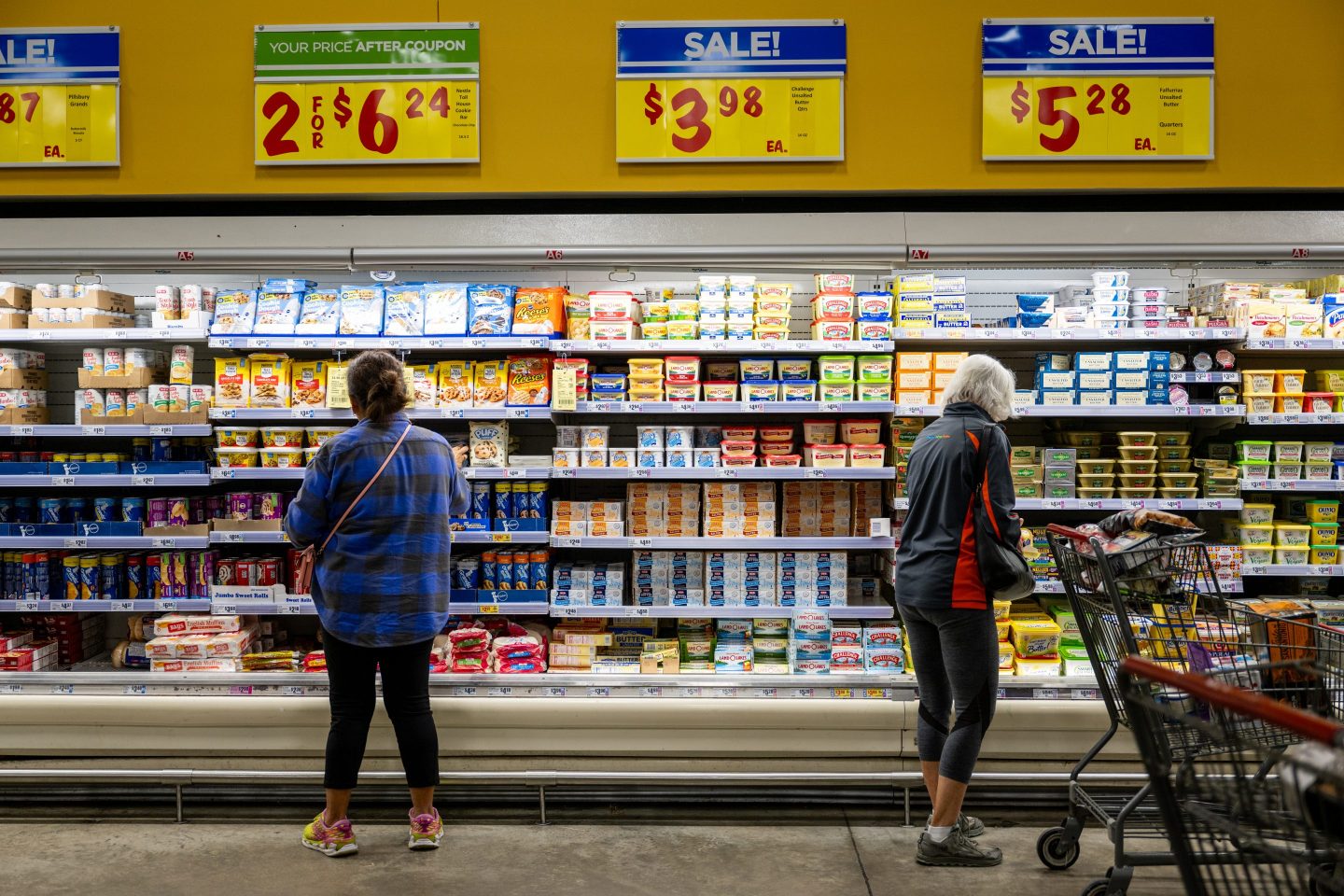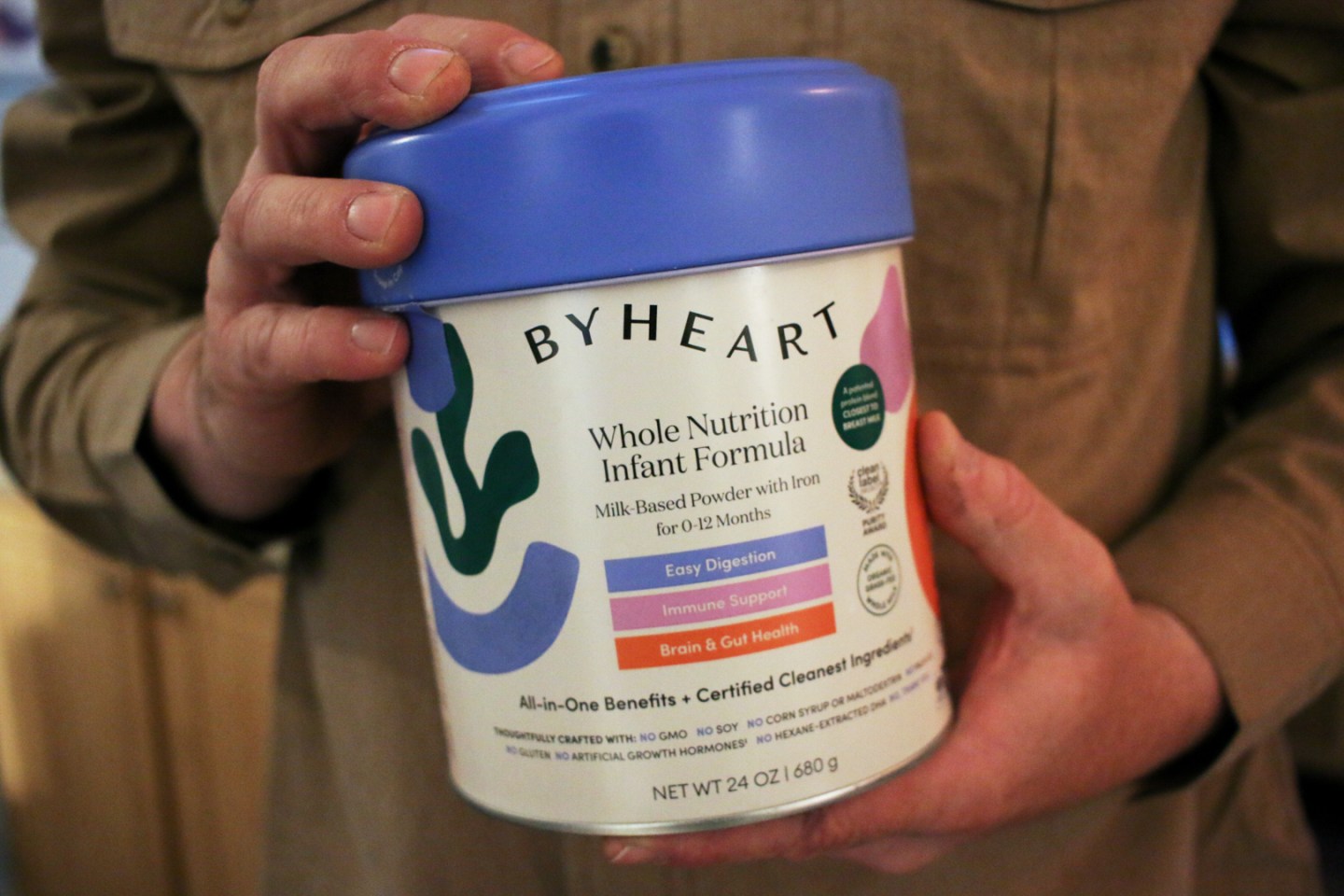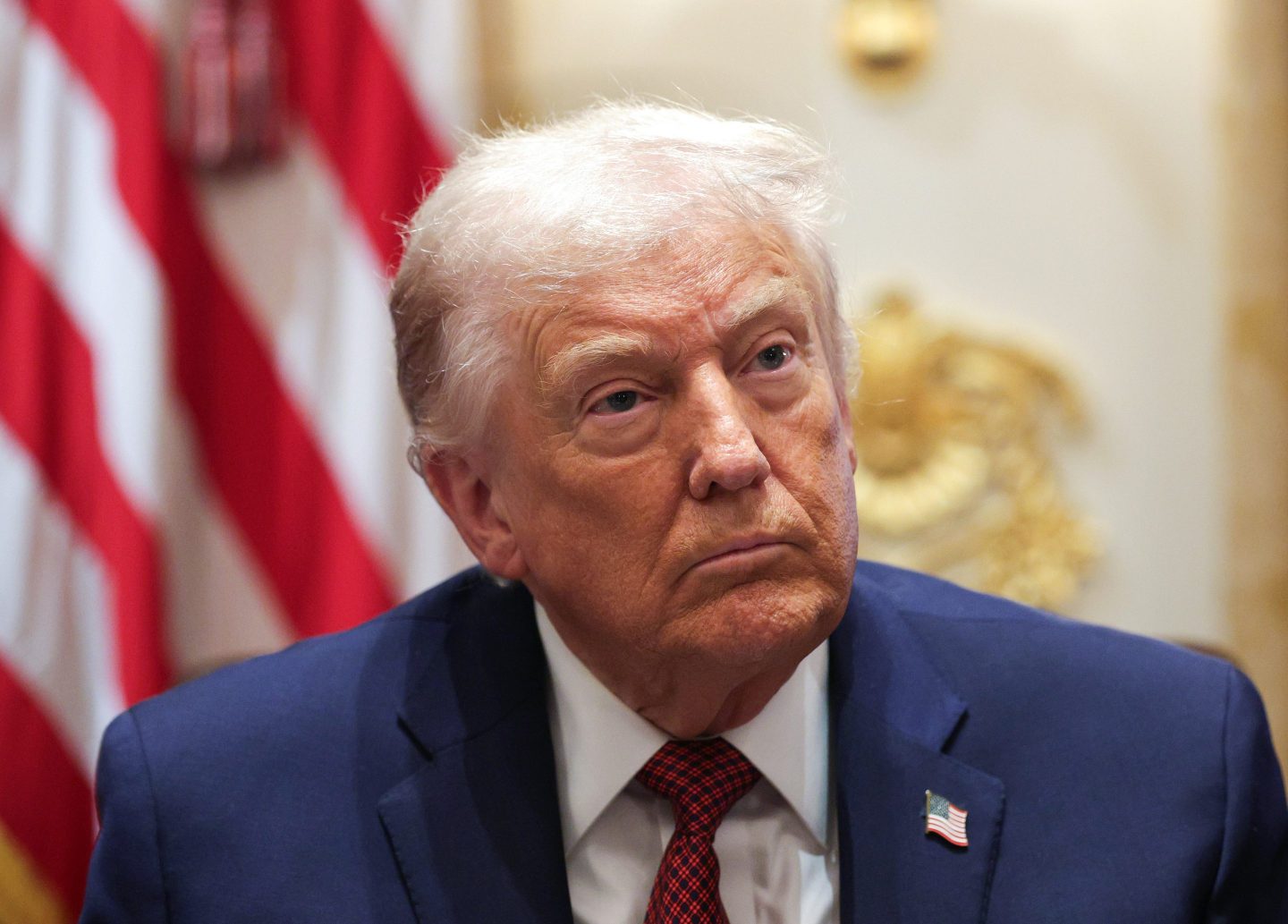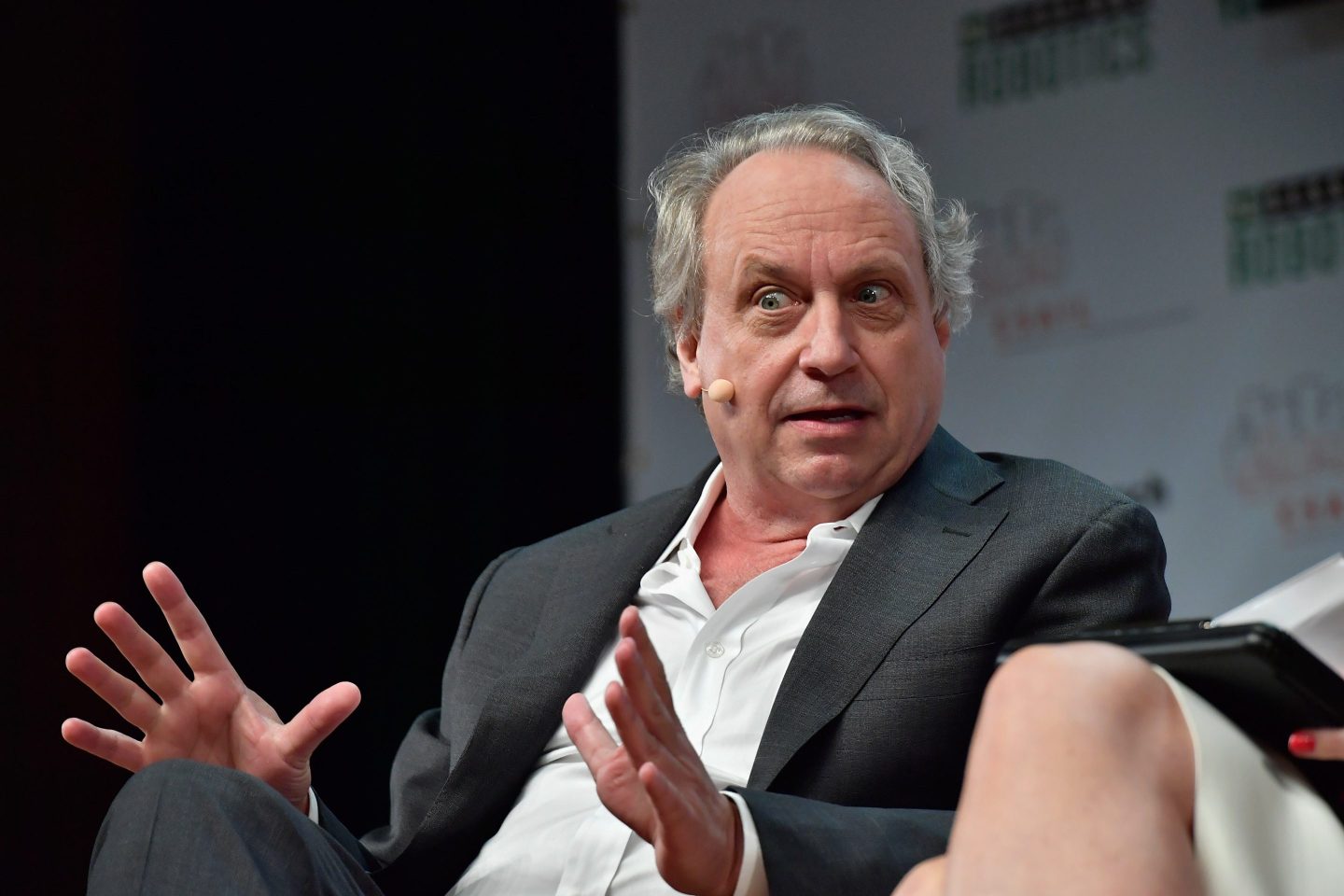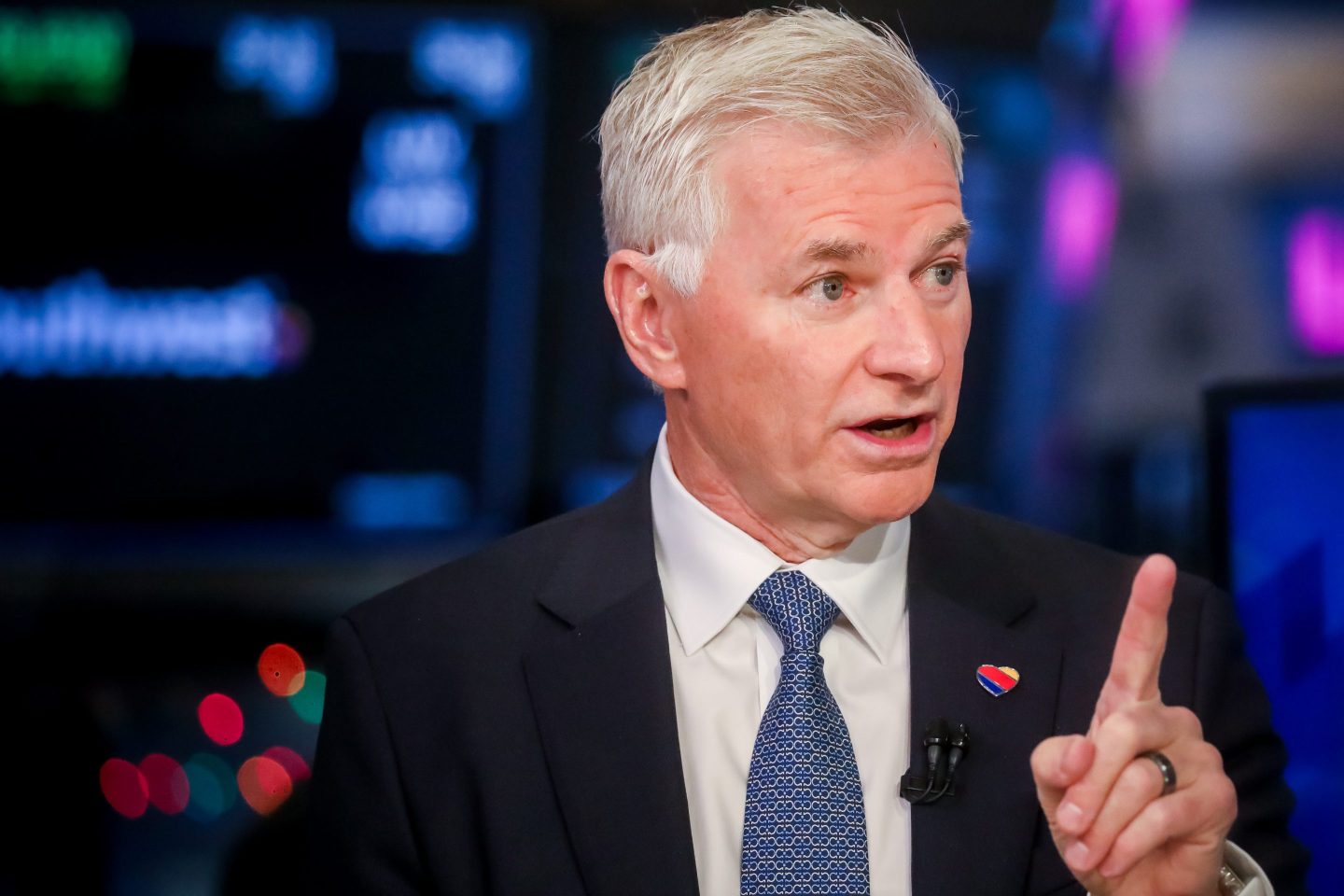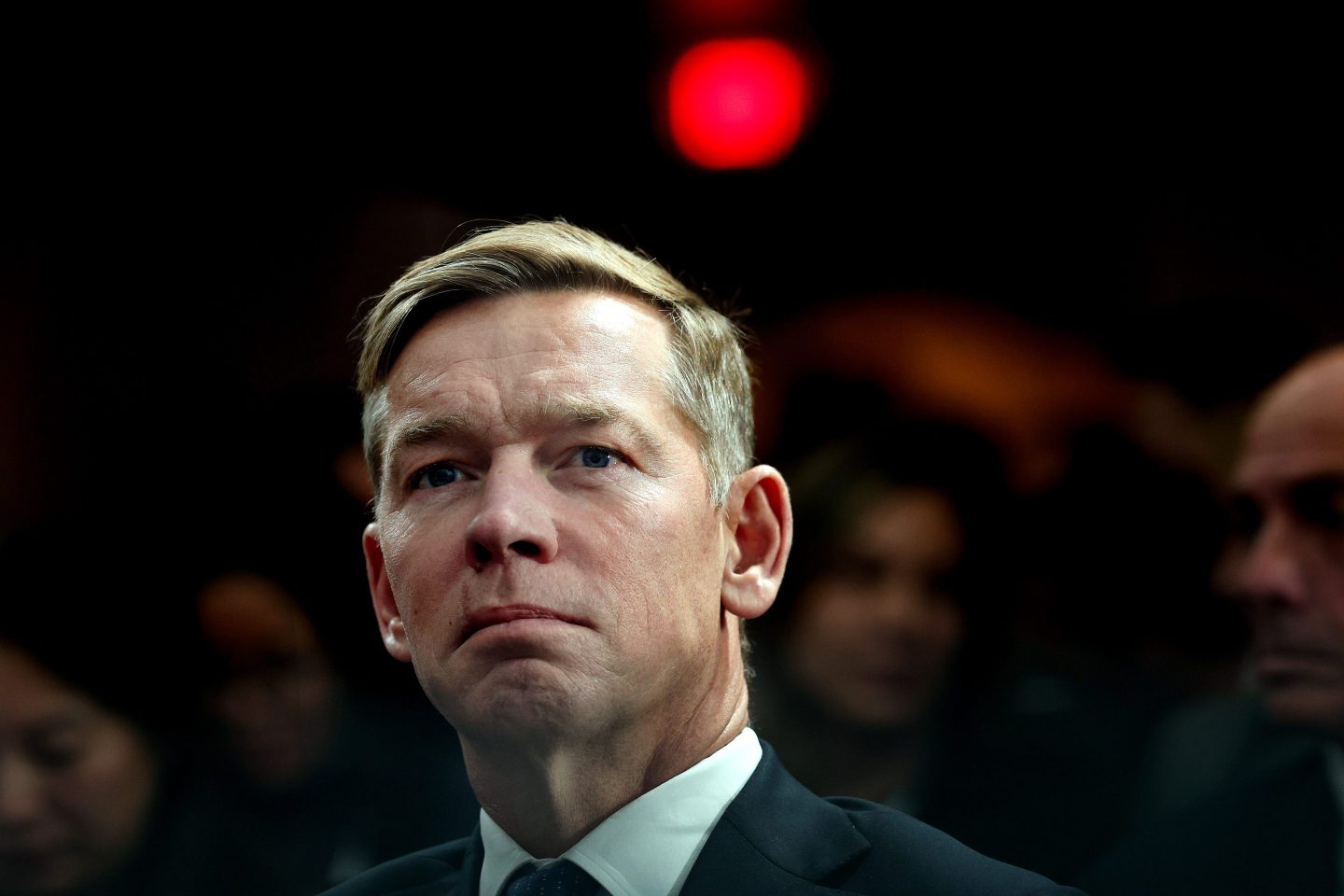Adidas unveiled an ambitious five-year plan on Wednesday to bounce back from the COVID pandemic. But, in the struggle to seize a bigger share of the $340 billion global sporting goods market, smaller crosstown rival Puma is the one gaining an edge.
After Beaverton, the Oregon headquarters of Nike, the small Bavarian town of Herzogenaurach ranks as the most important nerve center for the sportswear and sneaker industry.
The town of around 24,000 is home to two of the world’s biggest athletic-wear firms: Adidas and Puma. Between them, the two companies chalked up $30 billion in annual sales, even during a disastrous 2020.
They owe their presence there to two German brothers, Adolf and Rudolf Dassler, who initially launched a shoe company together, but later fell out so badly that they split in 1948. Adolf “Adi” Dassler founded Adidas, a play on his name; older brother Rudolf established Puma.
In the early days, the two companies were based on either side of town, and citizens were fiercely loyal to one company or the other. The sibling feud dates back to World War II when, the story goes, the two brothers and their bickering wives had to share a bunker during the Allied bombing of their hometown.
No game in town
Both companies were severely buffeted last year by the coronavirus outbreak, which led to the closure of shops, gyms, and sports clubs around the world and forced the postponement of major sporting events that drive sales such as the Tokyo Olympics and the European soccer championships.
In its “Own the Game” growth strategy, unveiled Wednesday, Adidas said it was aiming to increase sales by an average of 8% to 10% a year, stripping out currency effects, between 2021 and 2025. It expects to pay out €8 billion to €9 billion ($9.5 billion to $10.7 billion) to shareholders through dividends over that period, complemented with share buybacks.
For good measure, it said it would invest more than €1 billion through 2025 to drive a digital transformation in hopes of doubling its e-commerce business to €8 billion to €9 billion over the period, thus taking a swing at Nike’s dominance in digital.
But as the sporting goods market recovers, it is the smaller Puma that seems to be stealing a march on its much larger rival, and that has analysts most excited about its prospects.
Despite the pandemic, Puma delivered a 3% rise in sales in the fourth quarter of 2020 and a 15% rise in operating profit. On the Adidas side of town, the pandemic did a job on full-year profits.
Puma said last month it expected “at least a moderate increase in sales in constant currency—with an upside potential” for the full year 2021. BofA Securities, which has a “buy” rating on the stock, said it thought that assessment was “conservative.”
“We do not believe Puma’s valuation reflects its long-term potential. Puma remains a highly under-penetrated brand, and we see upside in its three key regions. In APAC (Asia Pacific) space, growth remains a key opportunity. In North America, Puma is still operating at small scale (roughly 10x smaller than Nike). Puma’s momentum is building in this region, and therefore we see high growth potential. In Europe, early signs of accelerating momentum were evident in Q4 ’19, delivering 23% revenue growth,” it said in a note after Puma’s results.
The market’s assessment is reflected in the share price of the two German companies. While Puma shares have risen by about 28% since the start of 2020, Adidas shares are flat over that period, even after a near 3% rise following Wednesday’s results. Puma was up roughly 0.5%.
A year to forget
Adidas, second only to U.S. giant Nike in the global sporting goods business, had a year it will want to forget, plunging into a series of controversies at the same time as it was struggling to get its virus-hit business back on track.
Adidas and Puma compete in a market that may have been changed forever by the pandemic, with stay-at-home workers shunning formal office attire in favor of “athleisure” wear—smart but comfortable sports-inspired clothes.
The world has also split more starkly between those who became exercise fanatics during the lockdown—driving the astronomic rise of home exercise services like Peloton—and those couch potatoes who opted for Netflix over yoga.
Adidas angered many Germans early in the pandemic a year ago by announcing it would defer rent payments on stores closed as a result of the lockdown. A public backlash forced Adidas into a U-turn. The company also suspended dividend payments (since resumed), scrapped plans to buy back shares, and arranged a €3 billion ($3.6 billion) government-backed loan.
In June, Adidas’s human resources chief, Karen Parkin, a 23-year company veteran, resigned after reports that she had described a debate over racism as “noise” fueled fierce criticism from staff.
The Reebok decision
With annual sales around four times as large as Puma’s, Adidas plunged to an operating loss of €333 million in the second quarter of 2020, while sales dropped by more than a third. Business picked up in the third quarter, but sales were still down 7% and operating profit down 12% compared with the previous year.
Adidas confirmed in December it was putting its struggling Reebok footwear business up for sale. Adidas bought Reebok for $3.8 billion in 2005, hoping it would help the company take on Nike more effectively in the U.S. market, but failed to return Reebok to its 1980s glory days.
Adidas, which has a partnership with singer Beyoncé to market her Ivy Park activewear brand, turned in a more upbeat report card for the October to December quarter of 2020 on Wednesday. Sales grew by 1%, stripping out the impact of the strong euro, but were down 5% in euro terms. Operating profit fell 8%.
For the full year, sales were down 16% to €19.8 billion, and operating profit fell 72% to €751 million.
It said the costs of setting up Reebok as a stand-alone company were expected to be around €250 million at the operating profit level in 2021.
“2020 was a year like no other. But despite all the challenges we faced, we still used the year to make Adidas a better company,” said CEO Kasper Rorsted. “We are confident about 2021 and will be fast out of the gate in the first year of our new strategic cycle, delivering mid- to high-teens sales growth globally.”
Trailing Nike
Stripping out currency effects, sales in the Asia-Pacific region grew by 1% in the fourth quarter driven by a strong recovery in Greater China, where sales were up 7%. With an increase of 2%, sales in North America were also up compared with the previous year. But revenues in Europe were hit by renewed lockdowns, with about half of the company’s stores closed at the end of the year.
“E-commerce delivered exceptional growth of 53% in currency-neutral terms in 2020, reaching significantly more than 4 billion euros in revenues and accounting for more than 20% of total sales,” Adidas said.
Both German companies have been put in the shade by Nike, whose shares hit an all-time high in December after the athletic wear company reported another set of stellar quarterly results. The U.S. company has used digital firepower, from its e-commerce site to its fitness apps, to keep customers focused on its brand and to leverage the overall shift in spending toward athletic and casual wear during the pandemic. Nike’s already sizable e-commerce business grew more than 80% year on year for the third straight quarter.
In a recent report, management consultants McKinsey & Co. said the pandemic had sped up changes that would have a long-lasting impact on sporting goods companies.
“COVID-19 has ushered in the next normal for the industry, defined by factors including digital commerce, rising demand for sustainable products, and increasing participation in individual forms of sports and exercise,” it said.
Among key trends McKinsey said would shape the industry in 2021, it singled out growing competition in the athleisure wear sector, where companies like Lululemon have made a splash.
“Athleisure was a megatrend before COVID-19, but the pandemic has served to further blur the lines between work and free time…With fashion brands increasingly entering this segment, sporting goods players need to leverage their innovation abilities and market knowledge in order to win in this increasingly contested battleground,” the consultancy said.
While around 30% of people had exercised more during the pandemic, 40% were less active, creating a growing physical activity gap, McKinsey said, urging the industry to come up with a strategy to tackle physical inertia. With sustainability becoming an increasingly urgent consumer priority, the onus was also on companies to secure sustainable supply chains, it said.
In Herzogenaurach, two rivals are in a dead heat to figure out the right formula.
More must-read stories from Fortune:
- One year later: 15 ways life has changed since the onset of the COVID pandemic
- “They’re laying a trap”: Everything to know about the new Bitcoin tax rules
- $300 unemployment benefits and UI tax forgiveness: Everything the new stimulus package includes for jobless Americans
- The outlook of U.S. firms in China changed dramatically after Biden’s election
- “25% of colleges could go out of business”: Chegg CEO says the pandemic is speeding up higher education’s reckoning

